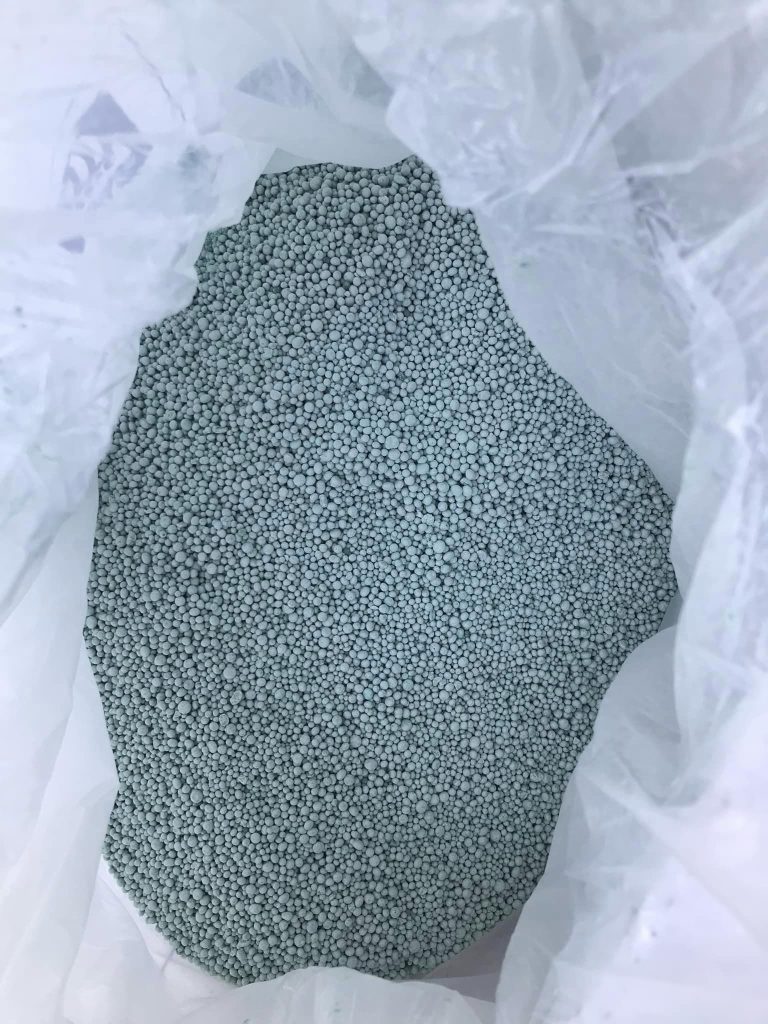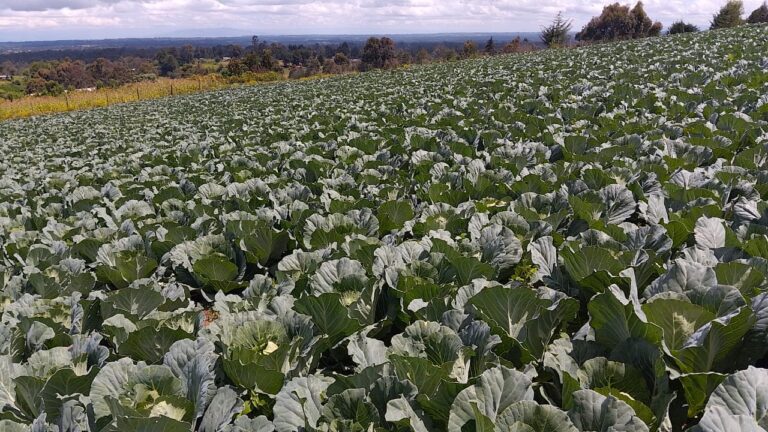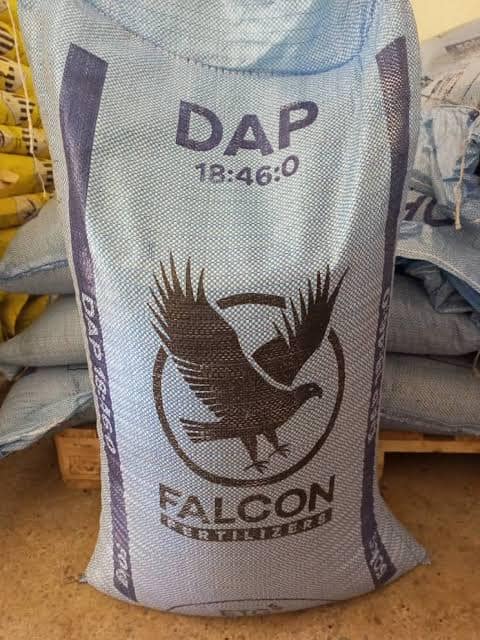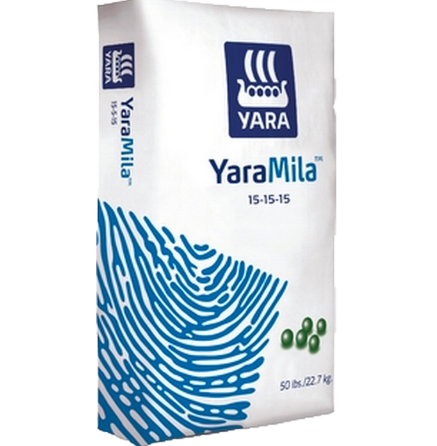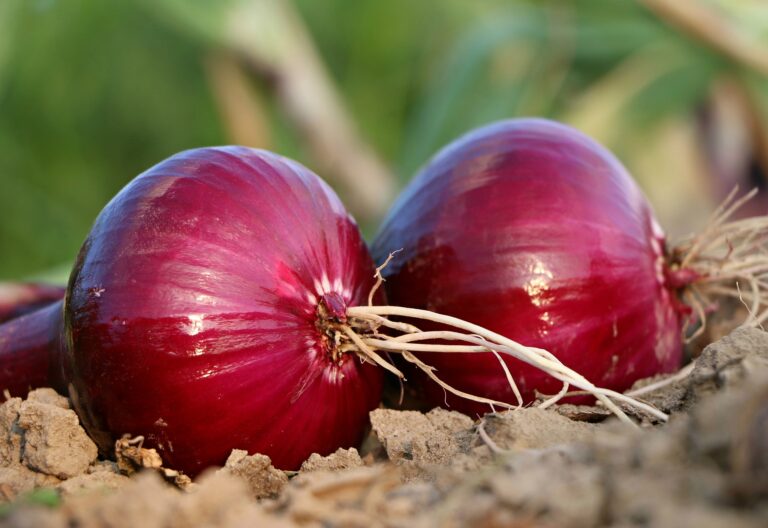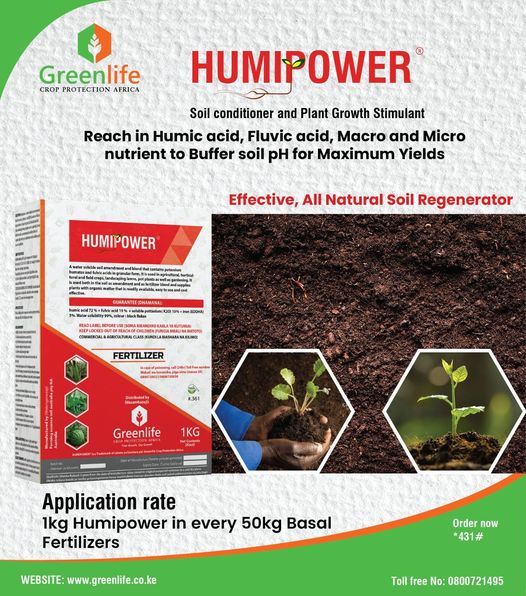Difference Between Slow-Release and Controlled Release Fertilizer
Slow-release fertilizers are designed to release nutrients gradually over an extended period. This slow release is due to the composition of the fertilizer, which typically includes organic materials that break down over time, releasing nutrients as they decompose.
Controlled release fertilizers, on the other hand, are engineered to release nutrients at specific times, controlled by the coating or encapsulation of the nutrients. These fertilizers are designed to match the nutrient uptake patterns of plants, providing nutrients exactly when needed.
Comparison Table: Slow-Release vs Controlled Release Fertilizer
| Feature | Slow-Release Fertilizer | Controlled Release Fertilizer |
| Release Mechanism | Gradual breakdown of organic materials | Engineered coating controls nutrient release timing |
| Nutrient Availability | Continuous but unpredictable | Predictable and consistent |
| Application Frequency | Less frequent, typically every few months | Less frequent, based on specific crop needs |
| Cost | Generally less expensive | Usually more expensive |
| Suitability | Broadly suitable for most plants | Ideal for specific crops with precise nutrient needs |
| Environmental Impact | May cause nutrient leaching if not managed well | Reduced leaching due to controlled release |
Controlled Release Fertilizer Examples
Controlled release fertilizers come in various formulations tailored to different plant needs. Some popular examples include:
- Osmocote: A well-known brand that provides nutrients for up to six months.
- Nutricote: Offers precise nutrient release over a specified period.
- Polyon: Features a durable polymer coating for controlled nutrient release.
These fertilizers are commonly used in both agricultural and horticultural applications due to their efficiency and reliability.
Controlled Release Fertilizer Brands
Several brands specialize in controlled release fertilizers, providing products for various agricultural and horticultural needs. Some notable brands include:
- Scotts Miracle-Gro: Offers a range of controlled release fertilizers under the Osmocote brand.
- Everris (ICL Specialty Fertilizers): Known for its Osmocote and Peters brands.
- Jobe’s: Provides controlled release spikes and granular fertilizers.
Each brand has developed unique technologies to ensure precise nutrient delivery, making them popular among professionals and home gardeners alike.
Controlled Release Fertilizer Formula
The formula of controlled release fertilizers is designed to match the specific nutrient needs of plants over a defined period. Typically, these fertilizers contain a mix of essential nutrients, such as nitrogen, phosphorus, and potassium (N-P-K), along with micronutrients.
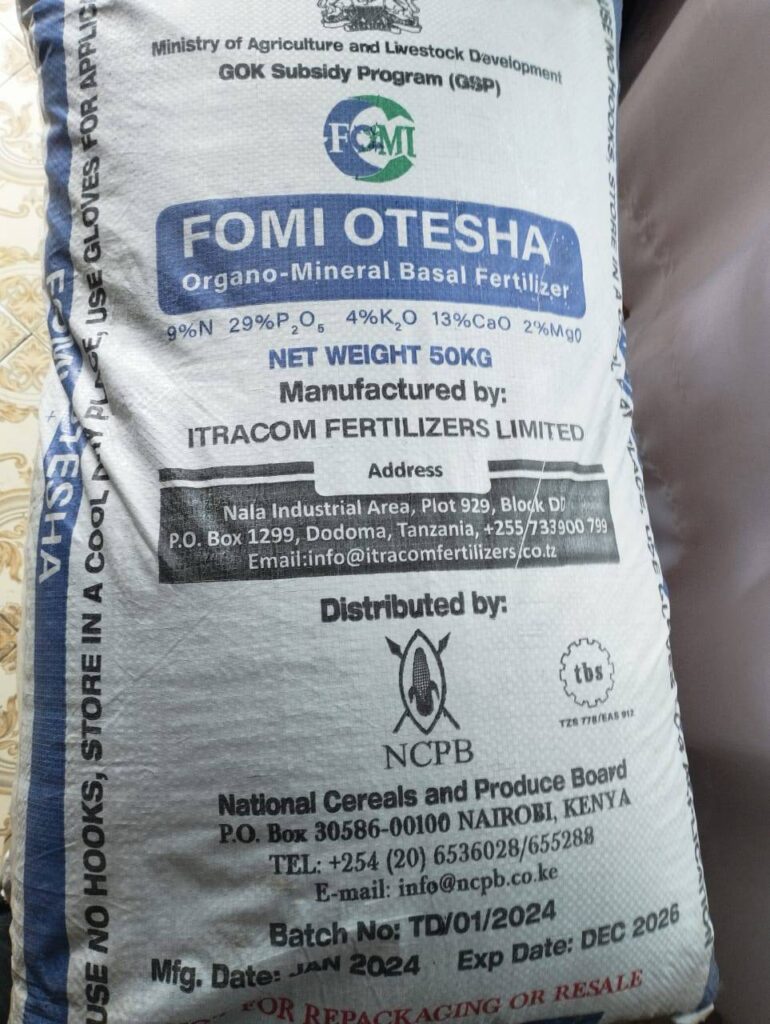
For example, a typical controlled release fertilizer might have an N-P-K ratio of 14-14-14, with micronutrients like magnesium, iron, and zinc. The coating technology ensures that these nutrients are released in synchronization with plant growth stages, optimizing nutrient uptake and reducing waste.
Comparison Table: N-P-K Ratios in Fertilizers
| Brand | N-P-K Ratio | Coating Technology | Release Duration |
| Osmocote | 14-14-14 | Polymer-coated granules | Up to 6 months |
| Nutricote | 13-13-13 | Thermoplastic resin coating | 4-6 months |
| Polyon | 15-15-15 | Polyurethane-coated granules | 8-12 months |
Benefits Of Controlled Release Fertilizer
Controlled release fertilizers offer numerous benefits, making them an excellent choice for various applications:
- Efficient Nutrient Use: By releasing nutrients in sync with plant needs, these fertilizers minimize waste and improve nutrient uptake efficiency.
- Reduced Leaching: The controlled release mechanism reduces the risk of nutrient leaching into water bodies, making them environmentally friendly.
- Convenience: Less frequent applications mean reduced labor and time spent on fertilization.
- Consistent Growth: Provides a steady supply of nutrients, promoting uniform and healthy plant growth.
- Cost-Effective: While initially more expensive, the efficiency and reduced need for frequent applications can make them cost-effective in the long run.
Controlled Release Lawn Fertilizer
Lawn care can significantly benefit from controlled release fertilizers. These fertilizers ensure that nutrients are available to the grass throughout the growing season, leading to a lush, green lawn with minimal maintenance.
Products like Scotts Turf Builder and Osmocote Lawn Fertilizer are popular choices. They are designed to provide a steady supply of nutrients over several months, promoting thick, healthy turf with fewer applications.
FAQs
What is the main difference between slow-release and controlled release fertilizers?
The main difference lies in the nutrient release mechanism. Slow-release fertilizers rely on the gradual breakdown of organic materials, while controlled release fertilizers use engineered coatings to release nutrients at specific times.
Which type of fertilizer is better for my garden in Kenya?
The choice depends on your specific needs. Controlled release fertilizers are ideal for precise nutrient delivery and reduced environmental impact, while slow-release fertilizers are generally more affordable and suitable for broad applications.
Are controlled release fertilizers safe for the environment?
Yes, controlled release fertilizers are designed to reduce nutrient leaching, making them more environmentally friendly compared to traditional fertilizers.
How often should I apply controlled release fertilizer to my lawn?
Controlled release fertilizers typically need to be applied less frequently, usually every 4-6 months, depending on the product and your lawn’s specific needs.
Can I use controlled release fertilizers for all types of plants?
While controlled release fertilizers are versatile, they are particularly beneficial for plants with specific nutrient requirements. It’s best to choose a formulation suited to your plants’ needs.
What are some popular controlled release fertilizer brands available in Kenya?
Some popular brands include Scotts Miracle-Gro, Everris (ICL Specialty Fertilizers), and Jobe’s, all of which offer a range of controlled release products.

